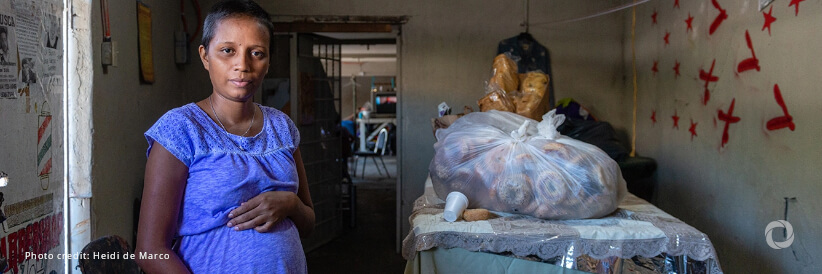Abortion-related complications are an important cause of morbidity and mortality among adolescents in low- and middle-income countries. While younger adolescents (aged 10-14 years) are considered to be at particularly high risk of adverse outcomes, there is little empirical data available on their sexual and reproductive health.
The article “Analysing the context and characteristics of legal abortion and comprehensive post-abortion care among adolescents aged 10–14 in a network of sentinel centers in Latin America: a retrospective cross-sectional study, 2016–2020” was recently published. This study was developed from a dataset of medical records drawn from a regional network of sentinel centers providing legal abortion and comprehensive post-abortion care in 12 countries in Latin America and the Caribbean. It describes the population of adolescents aged 10-14 years seeking legal abortion or postabortion care and calculates institutional complication rates compared to older adolescents (aged 15-19 years) and young adults (aged 20-24 years). The quality of care provided was also evaluated using the standards proposed by the World Health Organization (WHO) recommendations.
The results showed that almost 17% of the young adolescents attended the centers at 15 or more weeks of gestation. More than two-thirds (67.8%) of the entire sample and 70% of adolescents aged 10 to 14 years sought legal abortion care, while the rest sought comprehensive postabortion care.
The vast majority (91.2%) of pregnancies were unintended; this figure reached 94.8% among adolescents aged 10-14 years. However, 62.1% of the adolescents and young women in the sample had not used any contraceptive method, the highest percentage among adolescents (92.3% among young adolescents and 87.1% among older adolescents). Marking a high unmet need for contraception in this group.
Pre-procedure adverse event rates were substantially higher among adolescents younger than 15 years (619.1 adverse events per 10,000 cases) than among adolescents older than 15 years or younger. This pattern was also repeated for intraoperative complications.
Overall, the quality of care provided by the centers in the network was aligned with WHO recommendations for the provision of safe abortion and comprehensive postabortion care.
This study provides an overview of the challenges and opportunities faced by public health in guaranteeing access to sexual and reproductive health and rights for this population. In addition, several possible lines of future research that can contribute to the development of evidence-based public policies are presented.

